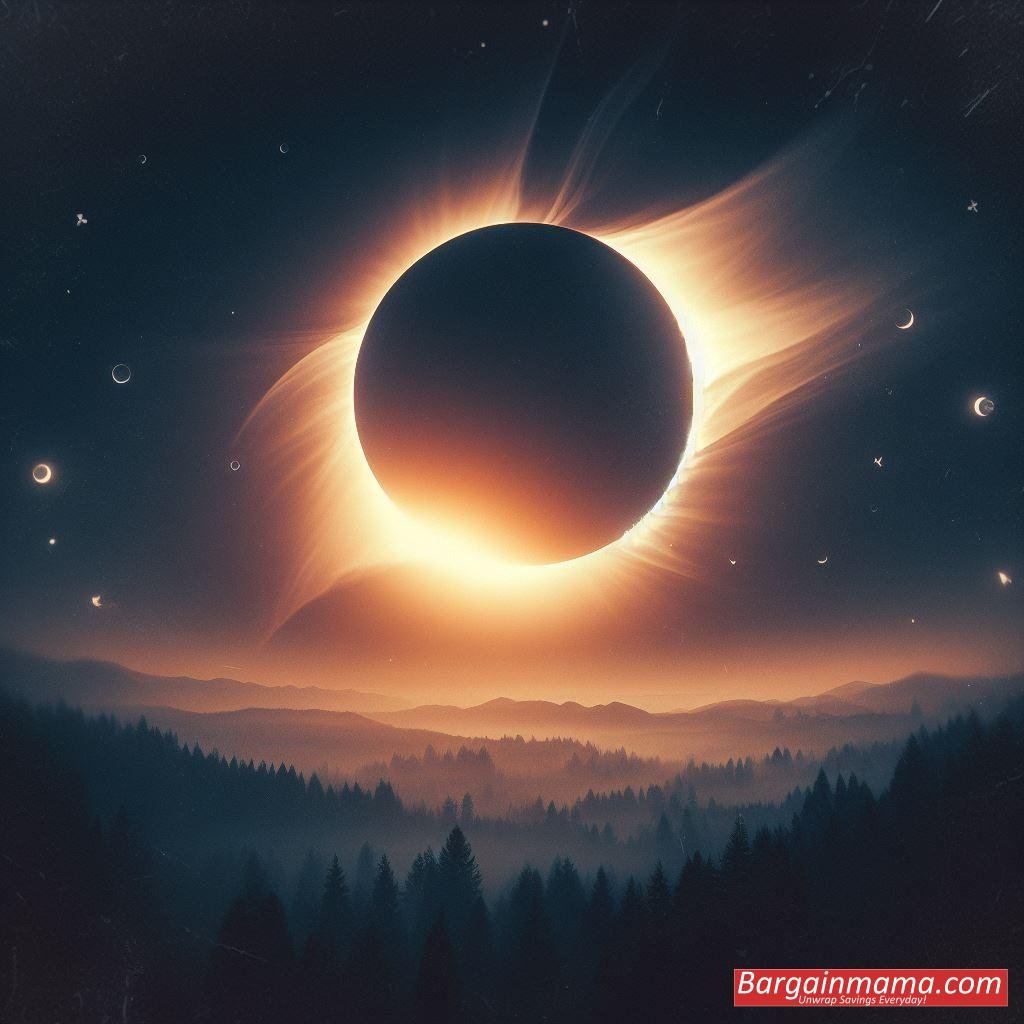On April 8, a total solar eclipse is scheduled to cover 13 states in the United States, providing a celestial show that is expected to enthral millions of people. As the moon casts its shadow and briefly turns day into night, skygazers along the vast arc of the Great North American Eclipse’s path are in for a unique and wonderful spectacle.

Around 11:07 a.m. PDT, the 115-mile-wide path of totality will begin on the Pacific coast of Mexico. Interestingly, totality is expected to stay the longest at Torreon, Mexico, for an amazing 4 minutes and 27 seconds—nearly twice as long as the eclipse in 2017.
An estimated 31 million Americans already live in the line of totality in the United States, and massive crowds of tourists are predicted to gather in places like San Antonio, Austin, Indianapolis, Rochester, and Syracuse. Before entering Canada’s maritime provinces, the celestial phenomena will span the nation diagonally.

This Great North American Eclipse is a rare chance for astronomers to examine the sun’s corona, which is usually hidden by its dazzling surface. It is the second such event in seven years. A total solar eclipse promises several minutes of utter darkness, in contrast to last October’s annular solar eclipse, which produced a “ring of fire” impression because the moon did not entirely block sunlight.
It is advised that spectators who are keen to see the event wear certified eyewear that complies with international safety regulations. These specialised glasses protect against the sun’s harmful rays; they are 100,000 times darker than regular sunglasses. Alternatively, the American Astronomical Society has instructions for making a pinhole projector, which is a safe way to project an image of the sun onto a nearby surface.
Millions of people in North America are preparing to witness the amazing and unique beauty of a total solar eclipse as excitement for this celestial event grows.




